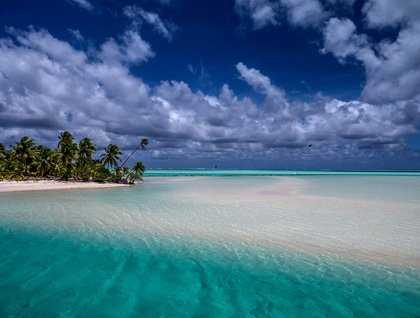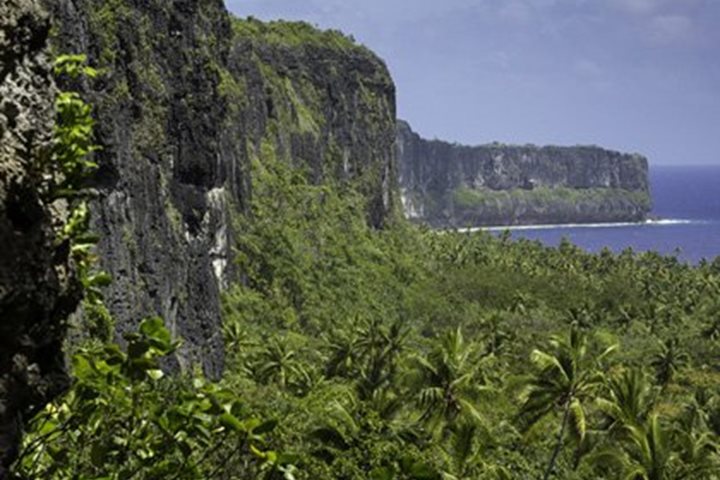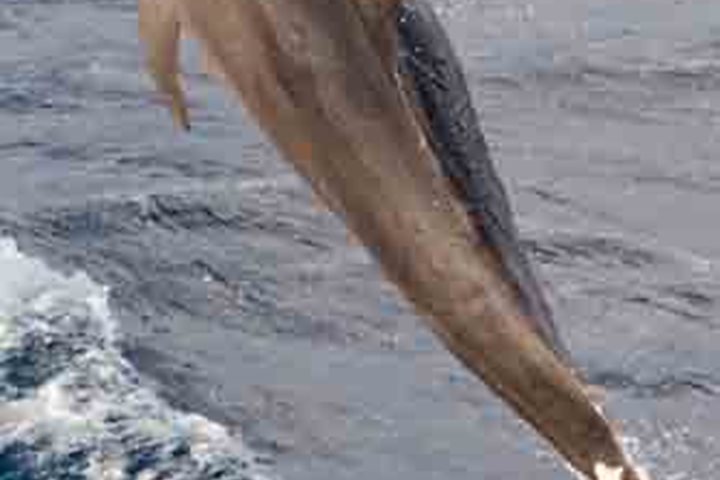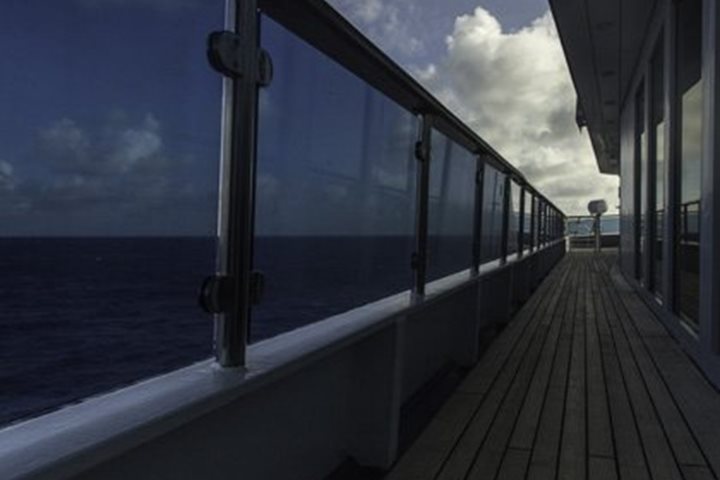Everyone flew into Rarotonga yesterday from all points west, south and east and were settled on board in time for a sunset sailing. Rarotonga, the main island, is spectacular, with plunging forested valleys and volcanic spires on the ridges, a dramatic backdrop as we set course due north for Aitutaki. We provided all our eager guests with fins, mask, snorkel and wet suits knowing that today would be the first opportunity to swim over coral reefs on this remote atoll.
Long famed for its beauty, Aitutaki was nominated for Most Beautiful Atoll in the world. First sighted by the Spanish in the late 1500s, the first European to land on this island was Lieutenant Bligh of the Bounty, en route to Tahiti. Our Zodiacs ran us in via a narrow channel in the reef for our day’s adventure. Snorkelers and divers headed straight out into the lagoon on launches, and were dropped among a host of large fish, unicorn surgeons, emperor angels, groupers and sergeant majors, with impressive giant trevally racing between. An exploration of the reef areas showed some coral recovery after the 2010 cyclone damage, but the clarity of the water and the abundance of the fish made this an unforgettable first coral safari.
Lunch was on a tiny forested motu (atoll) and those who wandered among the trees found beautiful fairy terns nesting on tree branches, oblivious of the closest of approaches. Snorkelers and divers went straight back into the colorful world of the reef. The divers found extra treasures at depth, a small shipwreck, hawksbill turtle, a coral tunnel 100 yards long, and a trio of white-tipped reef sharks loafing under a coral overhang. What a brilliant first day in Polynesia, in the blue and turquoise waters of Aitutaki reef – ultramarine in every sense of the word.
Meanwhile, landlubbers headed inland in Jeeps for a cultural day. Welcomed in traditional fashion by a grass-clad warrior, we met Na, our Polynesian host at his settlement up on the 400’ plateau. He taught us how to prepare an umu, the traditional earth oven used throughout the Pacific. Over a hot layer of stones in the coals of a fire pit, we laid a lattice of banana-stem strips, then fish and chicken on banana leaf platters and packed pumpkin, breadfruit and red bananas round the edge. The oven is then sealed with more banana leaves, woven hibiscus leaf mats we had made earlier, then a plaited palm-frond blanket plus stones and soil to seal the heat in. Two hours later, after a tour of ancient ceremonial sites on the island, we returned and unwrapped our lunch: perfect!
On coconut frond plates we had woven ourselves, we tucked in to perfectly cooked fish and meat, and guava, coconut and passion fruit slices, all washed down with fresh coconut juice straight out of the nut. There could be no finer start to our voyage: the corals, the characters and the cuisine of the greatest ocean on Earth.







